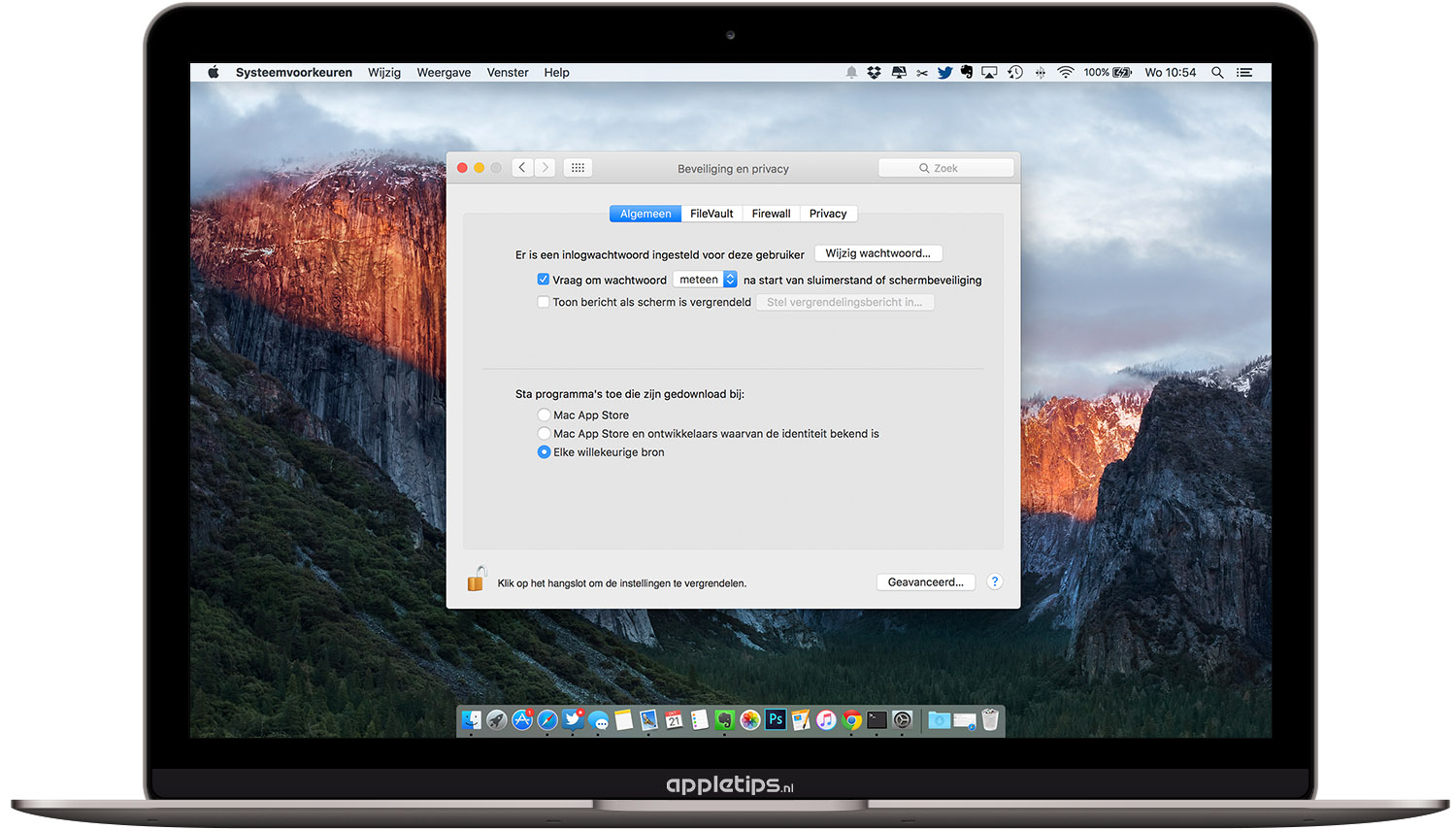
- How to disable gatekeeper how to#
- How to disable gatekeeper install#
- How to disable gatekeeper download#
- How to disable gatekeeper crack#
How to disable gatekeeper download#
In his June article, The Great Mac Balancing Act, Rene Ritchie explains:Ĭurrently, when you download an app, whether it's off the Store or the Web or even from AirDrop, that app is quarantined. As its name suggests, the tool has been designed to check recently downloaded apps for known malware and sends it to quarantine. Gatekeeper has been an essential part of macOS for years. We highly recommend you reinable the default security settings if you chose to follow this guide at your own risk. Warning: This terminal trick disables important security aspects of Gatekeeper, which leaves your Mac vulnerable to malware.
How to disable gatekeeper crack#
Specifically, Apple's decision to make Gatekeeper even more difficult crack is a significant step forward for everyday Mac users. However, because security is a tricky business, so-called improvements for some might not work for others. In macOS Catalina, the company has taken this to all-new levels by introducing beneficial security changes that make it even harder for miscreants to play havoc with our computers.

Or, you can open a Finder window and head to Applications > Utilities > Terminal.Over the years, Apple has put its vast resources into making it's operating systems more secure for end-users. Press Command+Space, type “Terminal”, and press Enter to launch one. If you know what you’re doing and need to change the setting, you can, though we don’t recommend it.įirst, open a Terminal window.
How to disable gatekeeper how to#
RELATED: How to Disable System Integrity Protection on a Mac (and Why You Shouldn't) But Apple doesn’t want less knowledgeable users disabling this security feature, so it’s hidden that switch, just like the option to disable system integrity protection. You can still choose to run individual unsigned apps, and there’s a hidden command line option to bypass Gatekeeper entirely. That’s it–a single graphical option was removed. You can no longer disable Gatekeeper entirely from the System Preferences window. In macOS 10.12 Sierra, though, Apple changed this. You’d just select “Anywhere” from the “Allow apps downloaded from” setting. In older versions of macOS, you could disable Gatekeeper entirely from System Preferences > Security and Privacy. Just allow each specific app as you go, making sure you trust each app before you run it. This is the best, most secure way to run a handful of unsigned apps. You’ll see an “ can’t be opened because it is from an unidentified developer” message. If you try opening an unsigned app by double-clicking it, it won’t work. This setting should provide a good amount of security, allowing users to get apps from the app store or download signed apps from the web. The default setting is to only allow apps from the first two categories: the Mac App Store and from identified developers. Apple considers these the least secure, but it doesn’t mean an app is untrustworthy–after all, Mac apps that haven’t been updated in years may not be properly signed.

If it’s discovered that a developer is abusing their developer ID–or it was acquired by hackers who are using it to sign malicious apps–the developer ID can then be revoked.
How to disable gatekeeper install#
For example, when you install Google Chrome on your Mac, it’s signed with Google’s developer ID so Apple allows it to run. This digital signature ensures the application was actually created by that specific developer. Apps from Identified Developers: Mac app developers can acquire a unique developer ID from Apple and use it to sign their applications.They’re also sandboxed, although this is a reason why many app developers don’t use the Mac App Store. Apps from the Mac App Store: Applications you install from the Mac App Store are considered the most trustworthy, as they’ve gone through an Apple vetting process and are hosted by Apple themselves.Gatekeeper knows about three different types of apps: RELATED: How to Install Applications On a Mac: Everything You Need to Know (You may also want to bypass this and run an unsigned app if you’re developing your own apps.) That’s why Apple offers a way to bypass Gatekeeper.

Maybe they haven’t been updated in a while, or maybe the developer just didn’t bother. Some apps available on the web–particularly older ones–just aren’t signed, even if they’re trustworthy. If it’s not, you’ll see a warning message and your Mac will prevent the application from running.īut not every Mac app is signed. If the application is signed with a valid signature, it’s allowed to run. Whenever you launch a new application on your Mac, Gatekeeper checks to see that it’s signed with a valid signature.


 0 kommentar(er)
0 kommentar(er)
